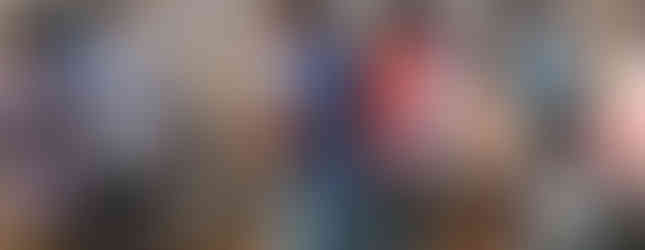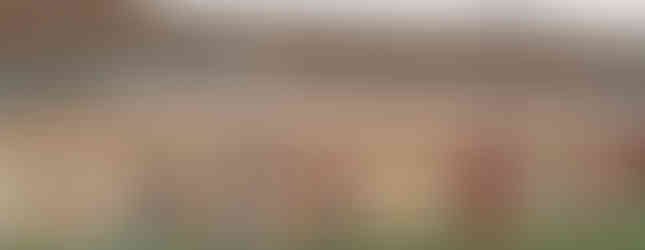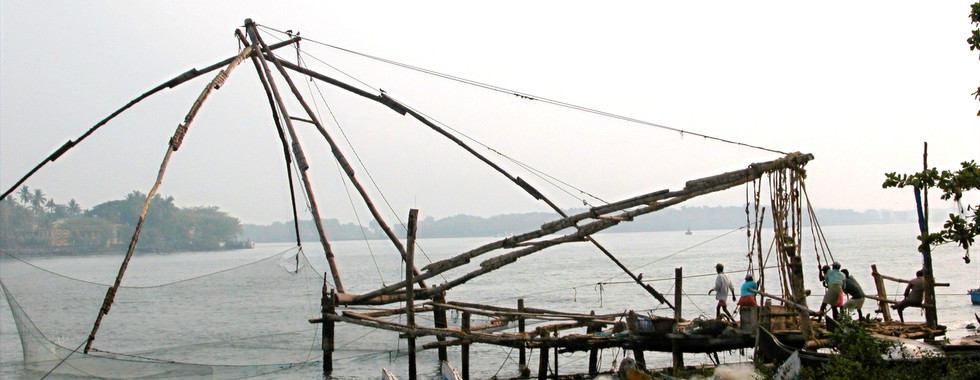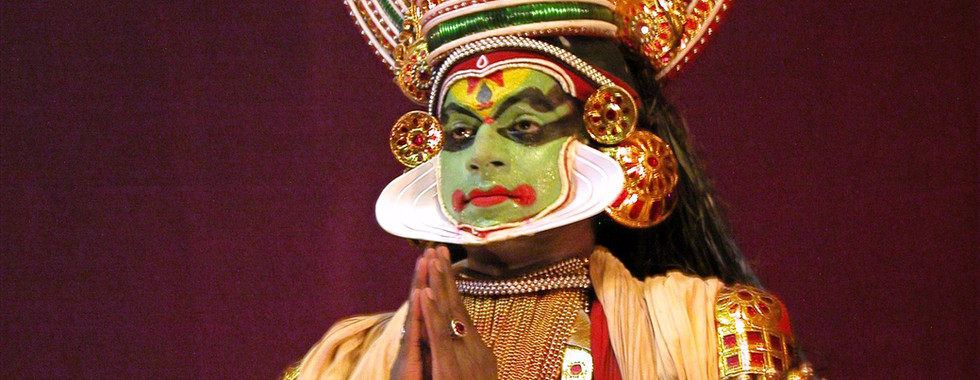Football and Coca Cola in Goa
- jamesvanderborgh
- Dec 23, 2022
- 5 min read
Updated: Jun 8, 2023

In March 2004, after 2 months of travelling from Mumbai north to Rajasthan and Uttarakhand we decided that Luke and Meg needed a break from the constant mayhem so we jumped on a train in New Delhi and headed south to Goa. We didn't intend to go there as part of this trip, deciding to concentrate on showing them other parts of this incredible country. I'd spent two crazy months bumming around Goa in 1986 and wanted to keep it for myself. In the mid 80s 'Goa trance' music was in its infancy and a DJ played amongst the palm trees every night on one of the northern beaches. Based in Anjuna, where I rented what was essentially a shed to store my pack, I got wind of the day's venue and headed up there each evening for the party, sleeping on the beach before heading 'home'. The beaches of Vagator, Chapora, Arambol and others became my playground.

But in 2004 my guys were exhausted and needed some time to be kids so we headed to Goa. We parked ourselves at Benaulim, just south of Calangutta, on a glorious stretch of golden sand. The kids spent their days swimming with dolphins and playing with local children and other travellers. It was exactly what we needed.
Not long after we got there a group of footballers came to the beach for training and I got chatting to assistant coach Afonso who was leading the session. They were a Goan professional team in the National Football League, as it was called back then, called Coca Cola Churchill Brothers and they played at the Nehru Stadium (locally known as Fatorda Stadium) in Margao. Their best player was a centre forward called Yusif Yakubu from Ghana and he had been the leagues top scorer for the previous two seasons.

He and some of the other players spent some time kicking a ball around the beach with Luke and you could see, even at this level, that they were very good footballers.
Coach Afonso, knowing that I loved the game, invited Luke and I to watch their next home game which we enthusiastically accepted. A few days later we made our way into Margao and met Afonso outside the stadium. He presented Luke and I with team jerseys and ushered us onto the pitch to watch the game with full access. We went to the dressing room prior to the game to say 'hi' to the players and they were generous and kind and after wishing them luck we headed down to the pitch to watch from the bench area.

The game itself was exciting and Churchill Brothers won 2-1 with Yakubu scoring the winner. The relatively small crowd was well short of its 19,000 capacity but there was significant noise and atmosphere, especially after the winning goal.
We went back a week later to watch the local derby against Sporting Club de Goa which was a bit of a turgid 1-1 draw.
In 2003/04 the league was won by East Bengal Club with Churchill Brothers finishing fourth.
Meeting the team on the beach was a very fortuitous thing and I've always appreciated the time and hospitality that they showed to Luke and I.
The make up of the league has changed since 2004 as football in India has grown more popular. There are 11 teams competing in the Indian Super League and sadly Churchill Bothers FC Goa, as they're called now, are not one of them. They play in the second tier: The I-League. The season runs from October to March and the 11 teams are spread out across this enormous country. Prices to watch games are very low and it's a fun way to experience something a bit different in India.
After a few weeks in Goa we headed south by train to Kochi, in the state of Kerala. Kerala has the reputation of being the most literate and educated state in India and the city is less frenetic

and easier to walk around and people-watch than many other cities in India. The fisherman bringing in their catch and the interesting array of nets that they use are highlights of a visit. We'd arranged to meet my parents there who were on their way back from Australia and it was a very happy 10 days with them. Kerala is famous for Kathakali dance and we spent an evening at the theatre watching this unique classical art form. Known for its mostly male actors and bright make-up, Kathakali plays are traditional folk stories set to dance.
We also visited Periyar National Park, a beautifully set in the Cardamom and Pendalam Hills about 120km east of Kochi. The park does have tigers and although we found recent tracks, the elusive predator eluded us! There are plenty of other mammals to see including giant otter, Indian giant squirrel and several species of monkey. There are also hundreds of bird species. Staying at a very old fashioned but comfortable hotel made a very worthwhile trip.
Back to Kochi, and one thing I'd always wanted to do was spend a lazy day floating around the Kerala backwaters. We arranged this through our hotel in Kochi and it was a very fun and interesting day. We stopped halfway for a delicious Kerala lunch of fish and vegetables and it was fun interacting with some local people. There is a lot to keep you busy in Kerala!

After my parents had left I found out that there was a 2006 World Cup qualifying game vs Oman taking place at the enormous Jawaharlal Nehru Stadium in Kochi, so I went down to the stadium the day before the game and bought tickets for us all. What's a football fan going to do? There was real expectation from the 48,000 fans in the stadium as a month earlier India had kicked off the campaign with a 1-0 win against Singapore. Unfortunately, India were utterly awful and as Oman slowly filled their pockets, the atmosphere got more and more tense. When the whistle finally put India out of their misery, they'd been well and truly beaten 5-1. Water bottles were thrown from the stands and the police surged in waving their lathi, a large whippy bamboo stick. It was all a bit unfortunate. Sadly it got a lot worse for the national team as they lost 7-0 in Japan and 4-0 at home to the same team. They then lost in Singapore and drew in Oman, eliminated with a bit of a whimper. A very fun experience and it reinforced to me how football's popularity had risen in India over the previous 20 years.
Indian Super League
The league currently has 12 teams based in the following cities/regions: Bangalore, Chennai, Kolkata (2), Hyderabad, Margao, Jamshedpur, Kochi, Mumbai, Guwahati, Bhubaneswar and Mohali. The season runs from October to March.

%20(4000%20%C3%97%202300%20px)%20(4500%20%C3%97%202300%20px)-3_edited.png)







































































I’ve been using Fairplay Global for a while now and I really like how smooth the website feels. The login is simple, deposits are quick, and the sports betting options are very diverse—especially cricket, which is my favorite. The live casino section is also fun and works well on mobile. Fairplay.Global Customer support has been responsive whenever I needed help. Overall, Fairplay Global Login a reliable platform for anyone interested in betting and casino games. Visit Website: https://fairplayglobal.co.in/
AllPanelExch is an emerging online exchange platform designed to provide users with a seamless and secure digital experience. Whether you are accessing it through the AllPanelExch login portal, using the AllPanelExch app, or managing your AllPanelExch ID, the platform ensures smooth navigation and reliability. Visit Here: https://allpanellexchcom.com/
Reddy Anna Book is a popular online platform that provides users with a smooth and secure way to access digital services. Whether you search for Reddy Anna, ReddyAnna, or even Anna Reddy, the platform is recognized for its reliability and user-friendly features.
Reddy Anna Login: To start using the services, you need to log in through the official portal. The Reddy Anna Book Login process is straightforward—enter your registered Reddy Anna ID and password to access your account.
Reddy Anna ID / Reddy Anna Book ID: Your unique ID acts as the key to unlocking the platform’s features. With this ID, you can securely track your activities and manage your account.
Reddy Book Club: The platform Reddybook Club Login also has a community space often…
Cricbet99 is a well-known platform designed to give users a seamless digital experience. Whether you are accessing it through the Cricbet99 login, managing your Cricbet99 ID, or connecting with others in the Cricbet99 Club, the platform ensures convenience and reliability. Visit Here: https://cricbet99clubs.com/
Gold365 Green is a trusted platform designed to offer users a secure and seamless experience. Whether you’re creating a new account or managing an existing one, the process is simple and user-friendly.
Gold365 Green ID: Your unique ID is the key to accessing the platform. It helps you securely manage your account and enjoy all available features.
Gold365 Green Sign Up / Register: New users can get started by completing the sign-up or registration process. Just provide your details, create your Gold365 Green ID, and you’re ready to go.
Gold365 Green Login: Once registered, you can log in anytime using your ID and password. The login portal ensures smooth and safe access to your account. https://golds365green.com/